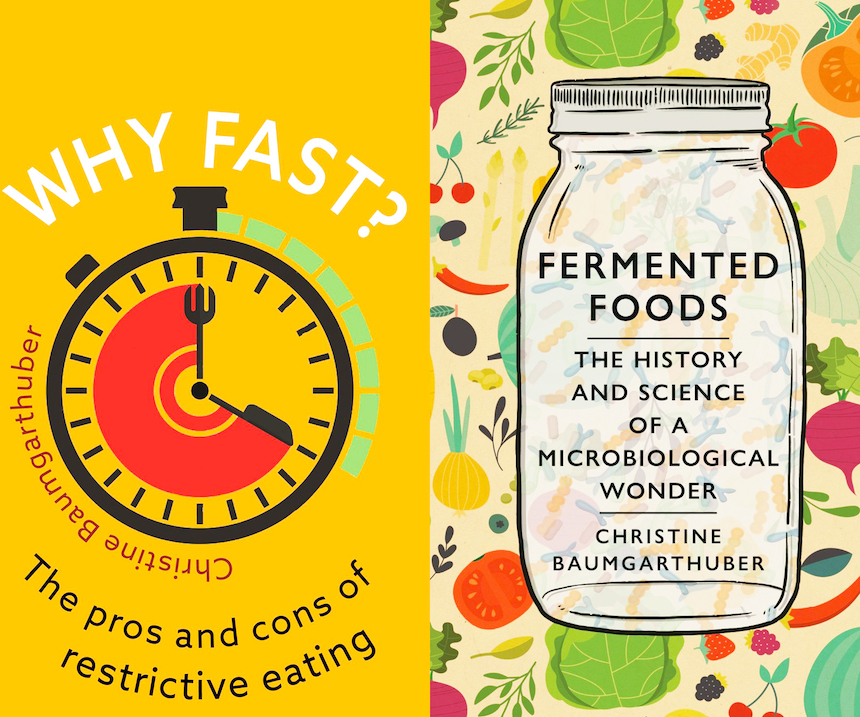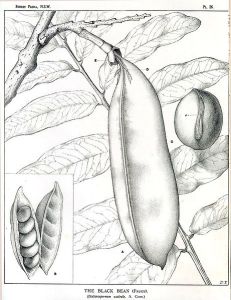“It is the fashion nowadays to descry this staple food of our grandmothers,” the author of an 1889 Good Housekeeping article confesses of the bean. “Beans are said to be coarse, indigestible,” she continues, “[and] only suitable for the laboring classes.” Yet she also admits that the humble bean possesses many virtues: “they are most nutritious, appetizing, healthful and economical, not only for stout men and boys, but for delicate women and children as well.” A pound of beans “contains nearly six ounces of heat-producing properties and half an ounce of flesh-forming food.”
The author ends her “dissertation on beans” by urging the reader to try a most unusual dish capable of producing a “novel sensation of delight”: bean porridge. Cheap and nourishing, bean porridge will have husbands and growing boys calling for it “again and again.” And how does one prepare this wonderful and economical dish? The recipe is copied below.
Bean Porridge
In the beginning, wash five pounds of corned beef, put it in a kettle of cold water, let it heat slowly and simmer gently all day. At night remove the pot from the stove, so that the fat may harden at the top and be removed. Whether you remove the beef at night or wait till morning is optional, since the beef’s mission to the porridge is ended with the day’s boiling. If, however, you leave it in over night and then press it carefully, it has rather a better flavor and makes a delicious cold relish for breakfast or lunch, all which you have in addition to your porridge,–another item to score in favor of its economy.
Also pick over and put to soak one and one-half cupful of beans. Next morning remove the cake of fat from the liquor in the pot, add to it the beans, well rinsed, and two cupfuls of yellow hominy from which the hulls have been washed. Set all on the back of the stove and let it barely simmer for hours and hours, watching it carefully and stirring often, so that it will not burn. If it boils hard it will not be fit to eat. It is best to keep it just below the boiling point, without the slightest ebullition possible. A little bicarbonate of potash [baking soda] added to the porridge will make it more digestible, but is not absolutely necessary. After it has cooked five or six hours you may, if you cannot possibly wait for your new sensation, try a little for lunch the very same day. [The stew should, before serving,] be rubbed through a colander. It will form a very rich, thick puree.

Would you rather receive The Austerity Kitchen by email? Then sign up for my Substack.
And, if you’d like to help the Kitchen keep cookin’, please consider picking up copies of my books, Why Fast? and Fermented Foods.

